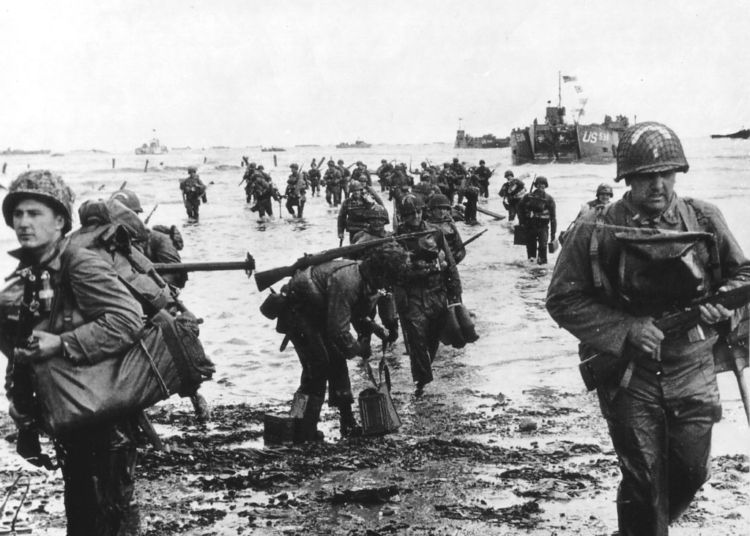The Invisible Battle: Mental Health Challenges in the Military Community sheds light on the often overlooked issue of mental health struggles within the military. The stigma surrounding mental health in the military can prevent service members from seeking the help they need, leading to a cycle of suffering in silence. The prevalence of conditions like PTSD, depression, and anxiety is higher in the military community, exacerbated by the unique challenges of military life. Barriers to treatment, including limited access to mental health professionals and stigma, further complicate the issue. By promoting awareness, challenging stigma, and providing support and resources, we can help service members overcome their mental health challenges and thrive.
The Invisible Battle: Mental Health Challenges in the Military Community
When we think of the brave men and women who have served in the military, we often think of their physical strength, courage, and resilience. However, what is often overlooked is the invisible battle that many of these individuals face – mental health challenges.
The Stigma of Mental Health in the Military
There is a pervasive stigma surrounding mental health issues in the military. Many service members fear that seeking help for mental health concerns will be seen as a sign of weakness or vulnerability, which could have negative repercussions on their career.
This stigma can prevent individuals from seeking the help they need, leading to a cycle of suffering in silence. The fear of being labeled as “crazy” or “unfit for duty” can be crippling, causing many to hide their struggles and attempt to soldier on alone.
The Prevalence of Mental Health Challenges
Mental health challenges are incredibly prevalent in the military community, with rates of conditions such as post-traumatic stress disorder (PTSD), depression, and anxiety higher than in the general population. The trauma of combat, repeated deployments, and exposure to extreme stress can take a significant toll on the mental well-being of service members.
Additionally, the unique challenges of military life, such as frequent moves, separation from family, and the demands of the job, can exacerbate existing mental health issues or contribute to the development of new ones.
Barriers to Treatment
Even for those who do seek help for mental health concerns, there are often significant barriers to receiving appropriate treatment. Due to the demanding nature of military life, many service members may not have access to mental health professionals or may face long wait times for appointments.
Furthermore, the stigma surrounding mental health can prevent individuals from speaking openly about their struggles with their superiors, leading to a lack of support and understanding from those in positions of authority.
Supporting the Mental Health of the Military Community
It is imperative that we take action to address the mental health challenges facing the military community. By raising awareness, challenging stigma, and promoting a culture of openness and acceptance surrounding mental health, we can encourage service members to seek the help they need without fear of judgment or repercussions.
Additionally, providing easy access to mental health services, training military leaders to recognize and support those in need, and implementing policies that prioritize mental health and well-being can all contribute to creating a supportive environment for service members to thrive.
Conclusion
The invisible battle of mental health challenges in the military community is a pressing issue that requires attention and action. By breaking down stigma, addressing barriers to treatment, and promoting a culture of support and understanding, we can ensure that our brave service members have the resources and support they need to overcome their mental health struggles and continue to serve our country with strength and resilience.













